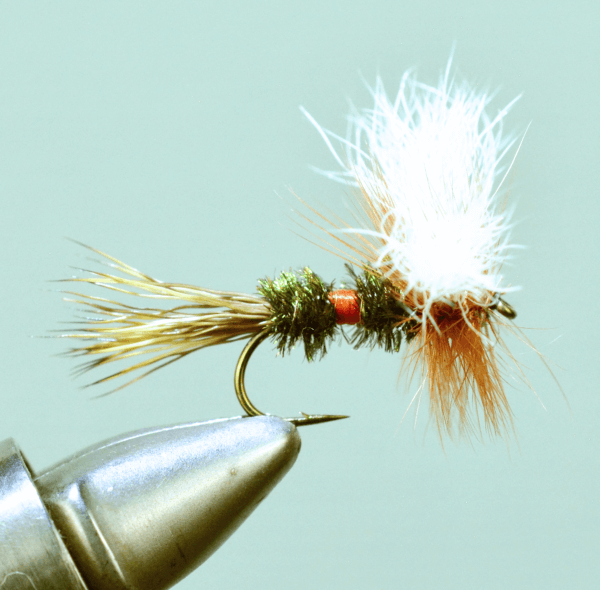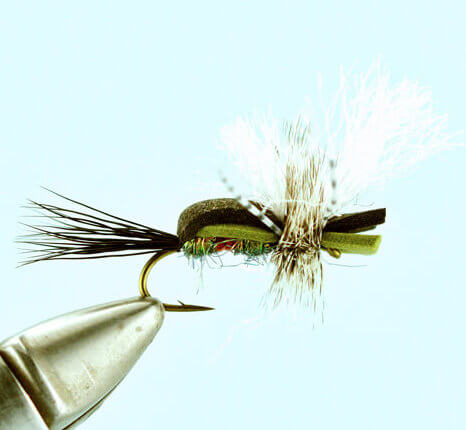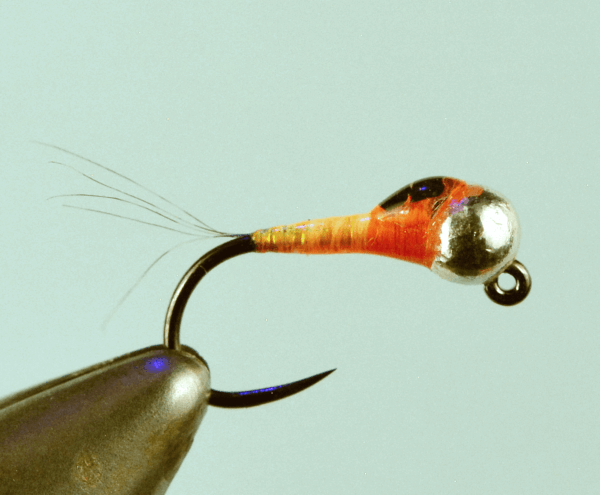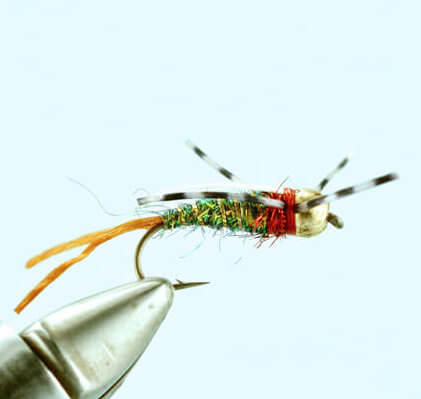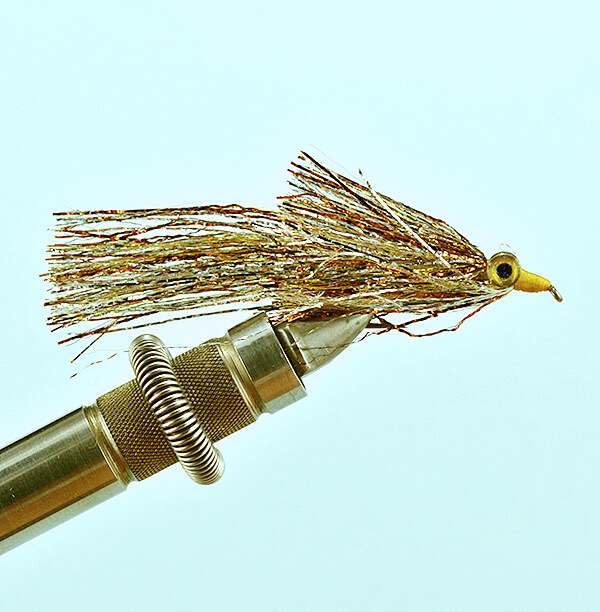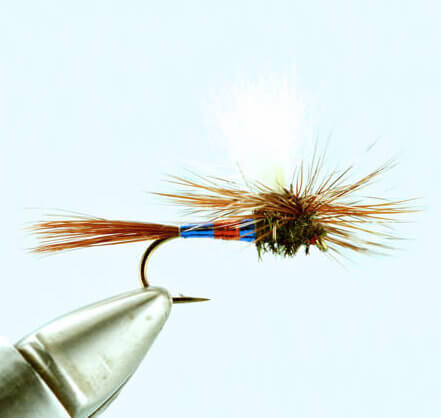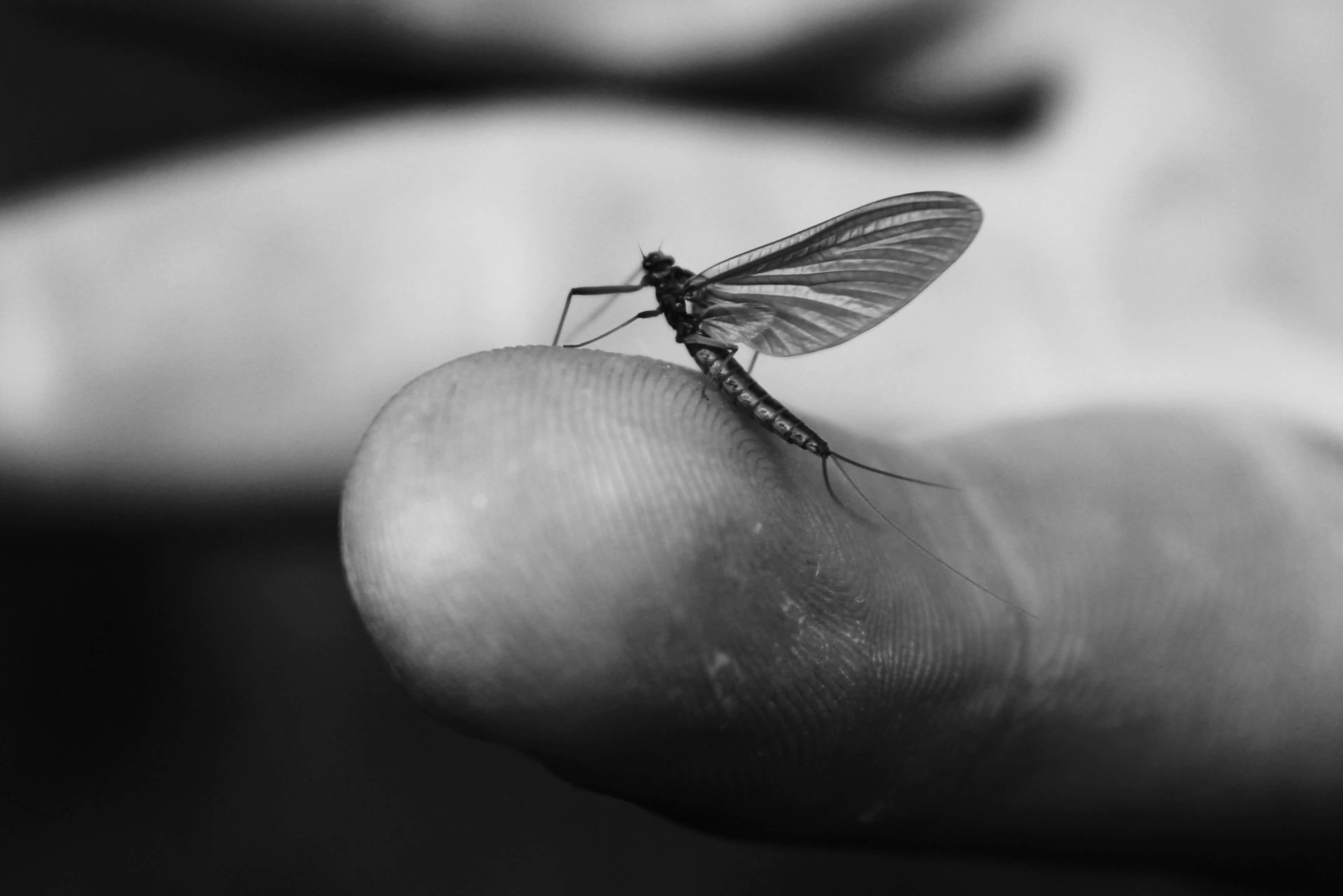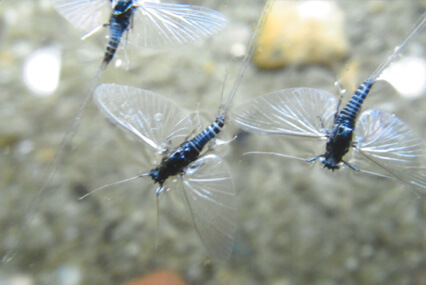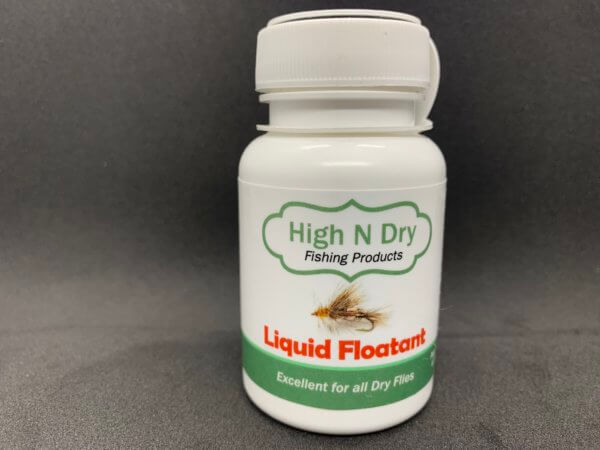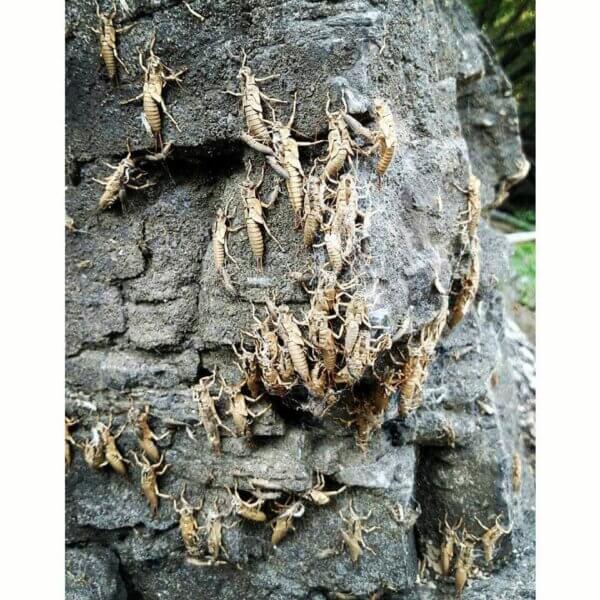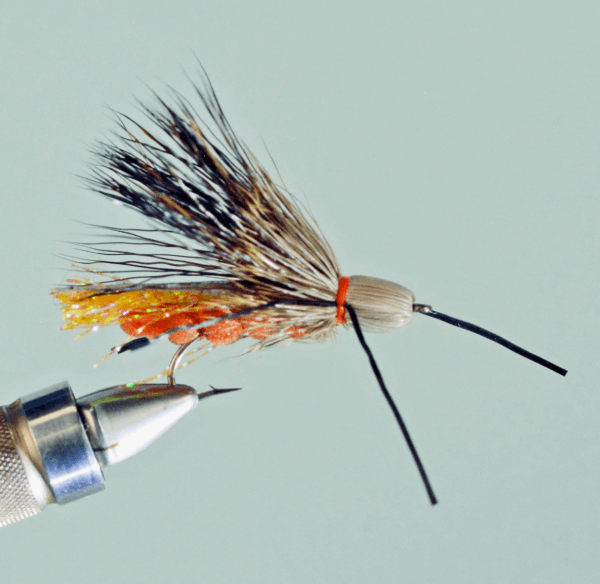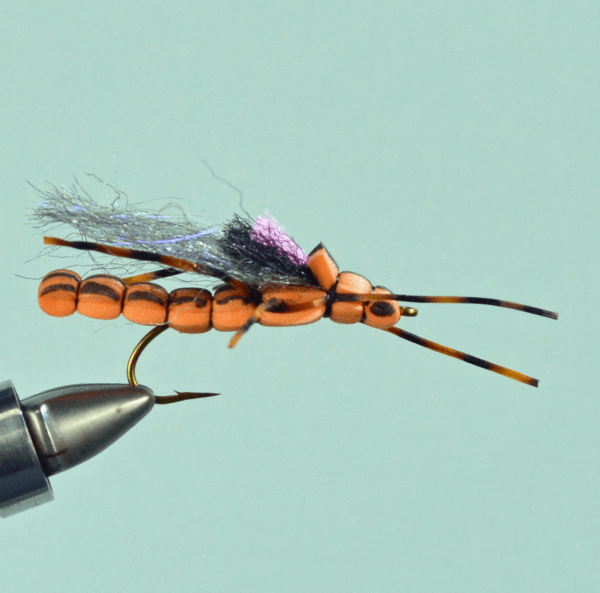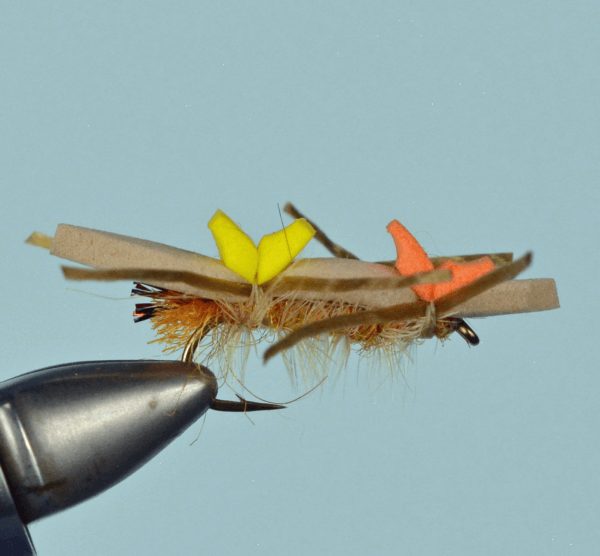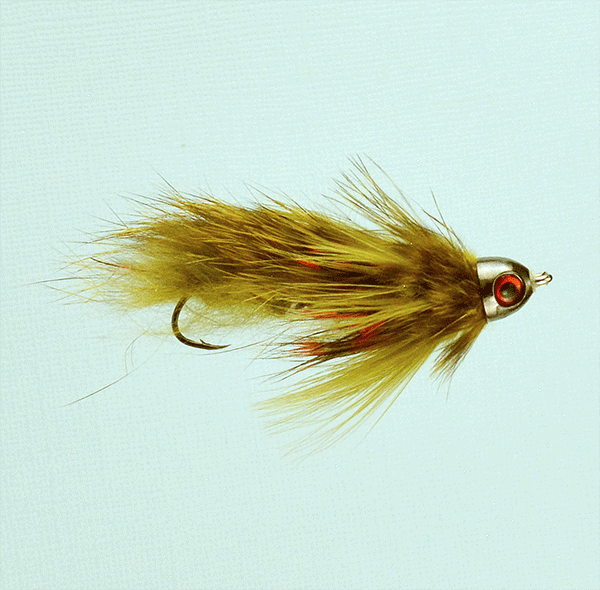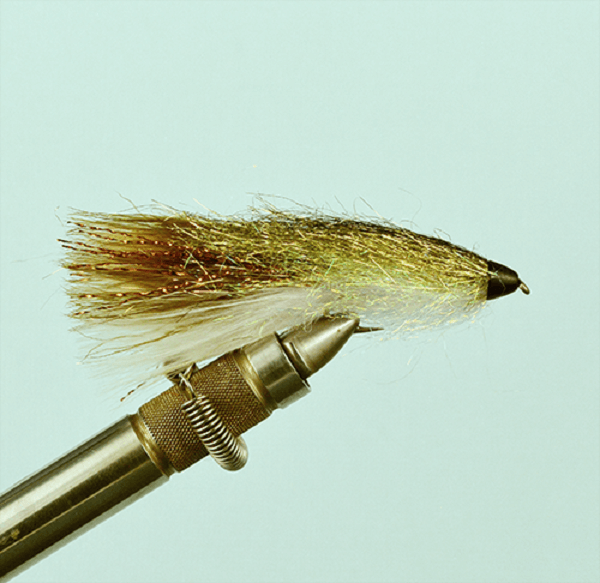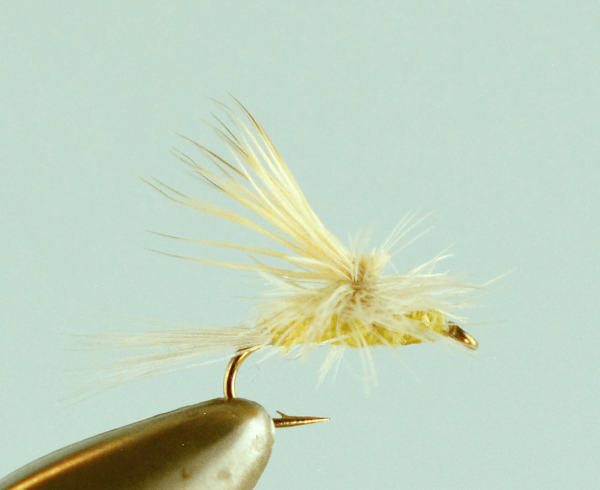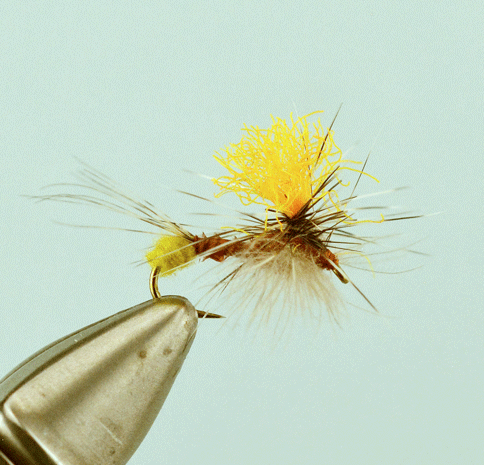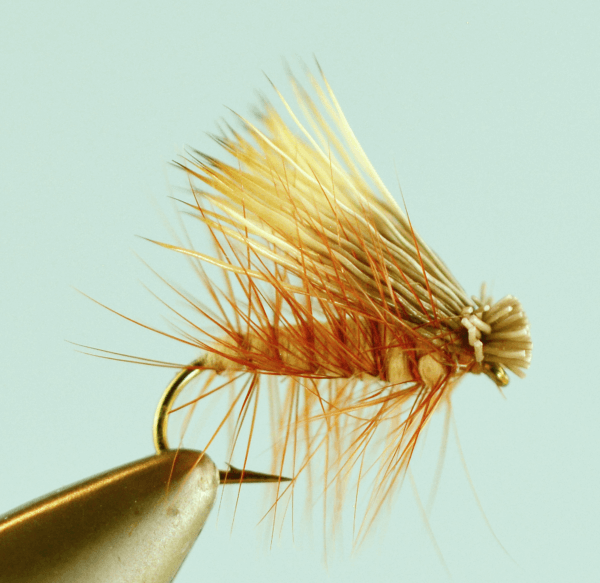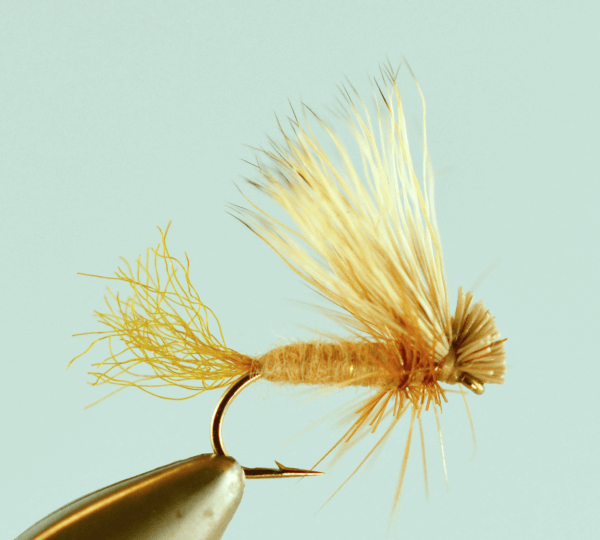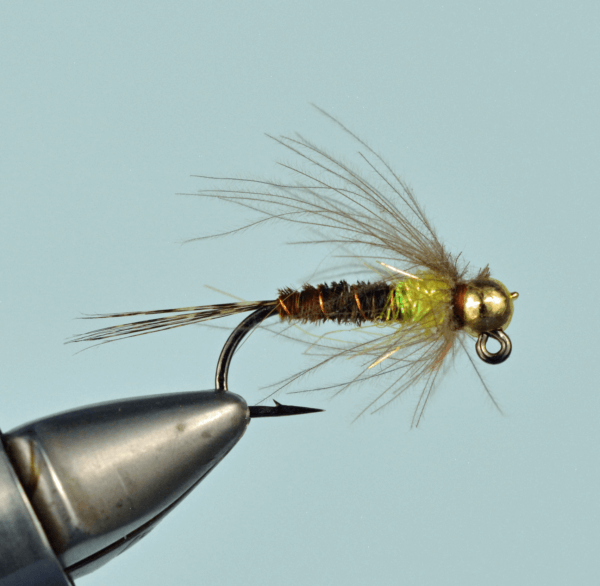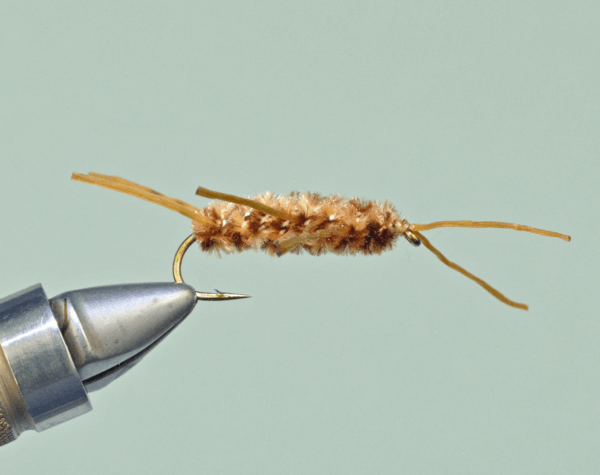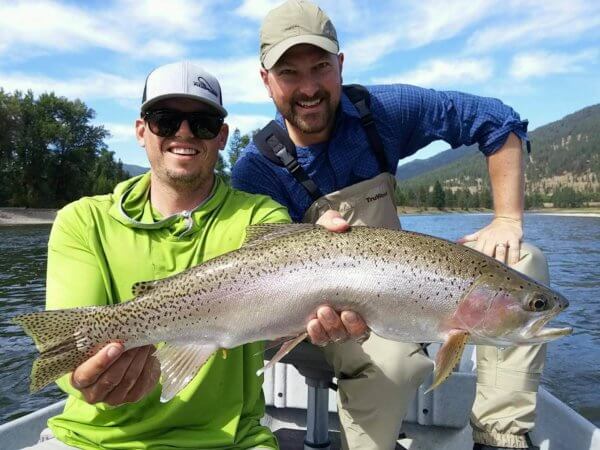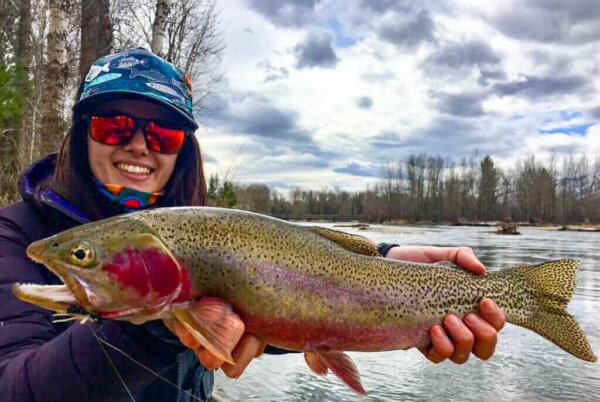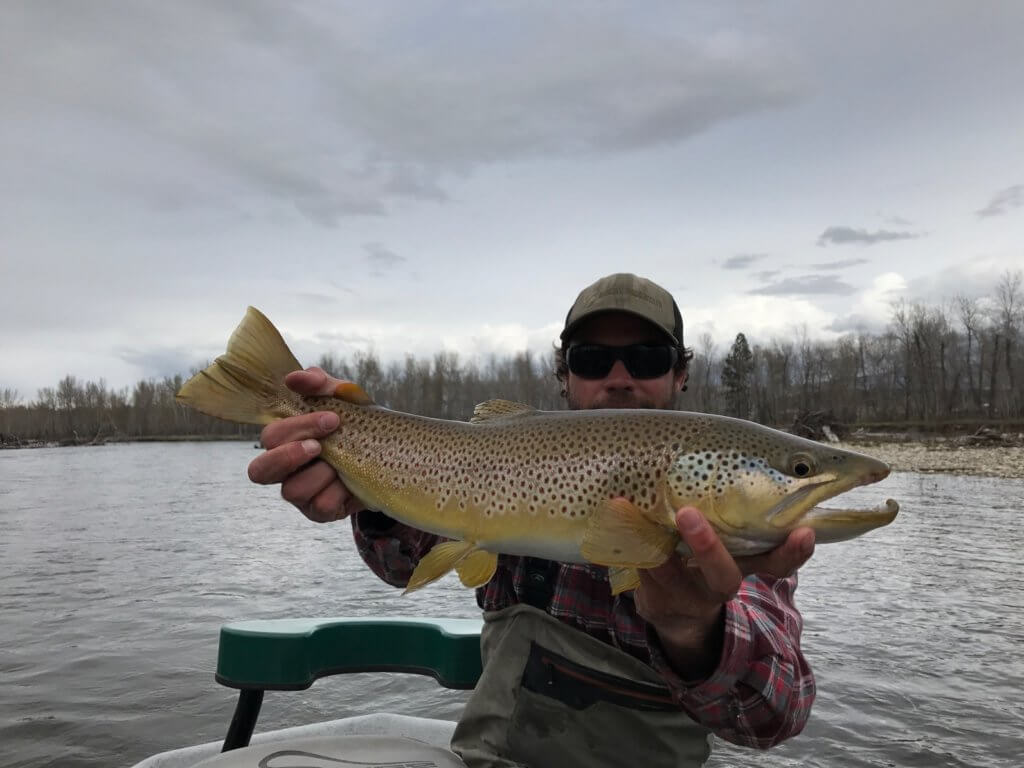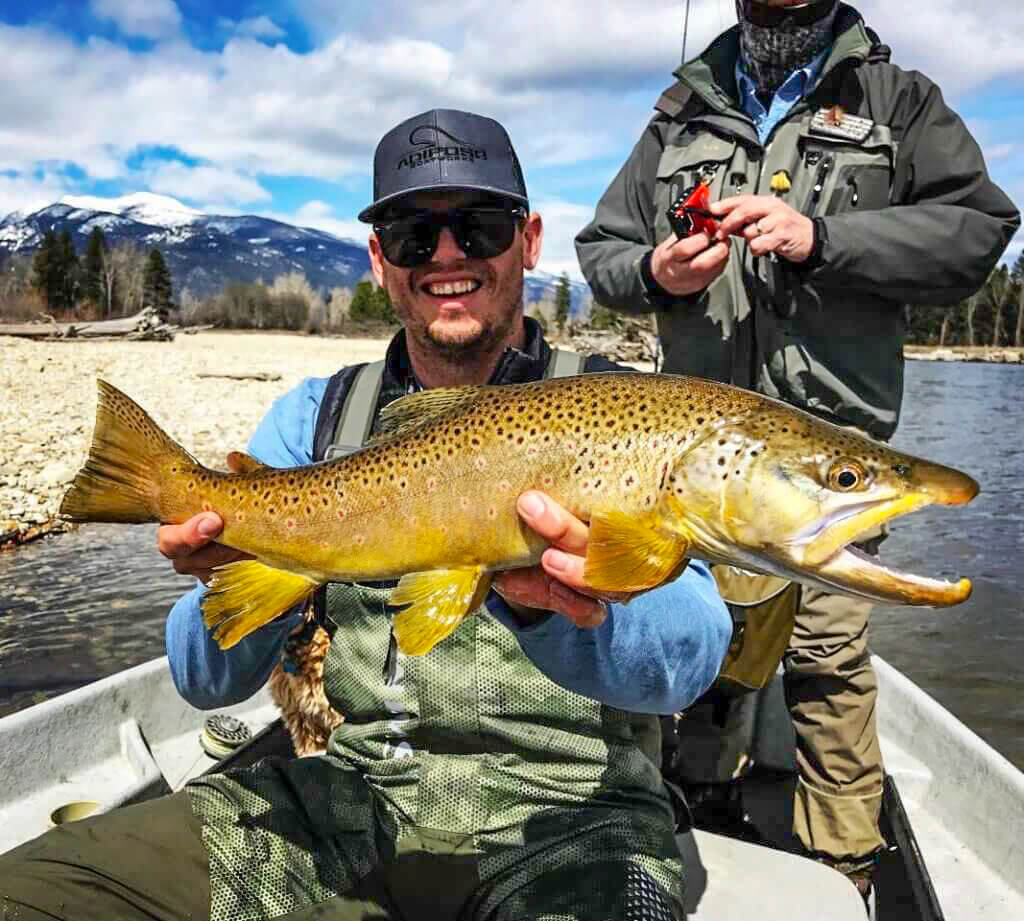Missoula Fly fishing guides will tell you if you catch a Brown Trout, you know what’s hatching. If you catch a Rainbow Trout, you know what’s hatching. But if you catch a Cutthroat Trout, well, you’ve just caught a Cutthroat! Lets take a look at some of the best flies for Cutthroat and what makes them so effective.
Dry Fly Patterns For Cutthroat
It’s no secret that Cutthroat Trout are free rising fish. Think of them as the 13 year old girls of the stream. They do like their bling when it comes to flies! Show them a bit of sparkle, give a bit of shine, and that usually brings the Cutties right to the top. If you’re prospecting for Cutthroat, any fly with a synthetic, sparkly body will often move them to the surface. We use a lot of Royal coloration style flies like the Royal Wulff, and love the Royal Hippie Stomper for luring the less than wiley Cutthroat to the surface.
That being said, the Cutthroat trout, when intent on a hatch, can be as selective as any trout on the planet. Find a blanket PMD hatch, and they will be just as focused on the Left Wing Crippled Emergent Nymph With Trailing Shuck, in the film, as any other trout. We’ve been there and done that at Kelly Creek in Idaho and other Cutthroat hot spots. Trout are trout, and during a hatch Cutthroat are just as fussy as any fish on the river, especially the big ones.
Something to remember when focusing on Cutthroat Trout. Fish your cast out to the bitter end, and by that we mean swinging the fly in a skitter below you. If we ever found ourselves stranded on a river with no food, fishing for sustenance, this is a very effective method of taking smaller Cutties. Oh, sure, once in a while a big one will surprise you, take the dry on the swing and completely snap you off on the tight line drag. But that swing at the end will bring the little guys up like magic. It’s an odd feeling, watching your dry swing across the surface, but the fish eat it up. The best fly for this is the Elk Hair Caddis. It’s a fly designed to skitter anyway, so the action is always there.
Nymph Patterns For Cutthroat
When it comes to nymphing for Cutthroat, it’s pretty much the same as for any other trout. Get your fly deep, keep it in the zone on a dead drift, and look for movement in your point fly or indicator. Again, we tend to favor a brighter fly, like the Fire Starter or the Tung Flash Prince. Both these flies are very visible sub-surface, and will catch the trout’s attention from a distance.
The swing on the nymph is less effective than the swing on the dry fly, but it’s still effective. But not for the same reason. Back in 1941, James Leisenring wrote a book called The Art Of Tying The Wet Fly, which became a very important work in angling lit for a long time. In the last chapter, he describes, the “Leisenring Lift”, a technique he used when sight fishing to nymphing trout. Spot a trout, dead drift your fly to the fish, and just as the fly is about to go past, gently lift the rod to catch the fish’s attention with a fly coming to the surface. Gary LaFontaine, in his studies underwater with scuba tanks, corroborated this and went one step further. He said it almost appeared instinctive. If a fly is pulled to the surface directly in front of a trout, coming from below the trout’s vision into its sight, it eats. This applies to all trout, not just Cutthroat. A swinging nymph, if by chance or planning, rises in front of a trout, it will eat. We like to think that’s some solace as your indicator goes by making a V-wake on the water! Not much, but some. Leisenring invented this technique for sight fishing to trout deeper in the water column, and it’s tremendously effective. A nymph at the end of a drift will simulate this action, but then it’s all about luck, really, as to whether the fly lifts up in front of a fish. Still an effective technique to be aware of.
Streamer Patterns For Cutthroat
Many anglers don’t use streamers for Cutthroat, in the mistaken belief that they don’t take them. This isn’t true. While Cutthroats certainly aren’t Brown Trout in their search for big meals, they will definitely take a streamer, especially the bigger fish in the river. It has been our experience however, that a smaller fly is much more effective than a big old Mongrel Meat or BeastMaster. Run a smaller Sculpzilla, or a Kreelex (back to bling!) and you’ll find yourself taking Cutties on a streamer. Cutthroat are less bold when it comes to streamer fishing. You’re not often going to find the rod shaking take of a big Rainbow Trout- Cutthroat are going to sidle out and nip at the fly in a less aggressive manner. If you’re craving a gut-punch take and the ripping head shake, you might ply your trade where the Browns, Brookies and Rainbows take up residence. But if you’re on Cutty water, and find a great streamer spot, don’t be afraid to tie one on and go for it. Scale down, keep the fly in the zone as long as possible, and you’ll be rewarded with some pretty sizable fish when you didn’t expect them.
Final Thoughts
The Cutthroat is a dry fisher’s dream. Free rising and relatively careless, they will often keep you active all day on the surface. But you’ll need to find them first, before you can get to that type of action. Head upstream on most tributaries, and you’ll start to see more and more Cutties. Bring your bling, bring that crazy attractor you tied late night in January when you were bored, and use them. You might not know what’s hatching when a Cutthroat sips in your dry, but at that point, does it really matter?!
Additional Cutthroat Fly Patterns
Looking for more Cutthroat Flies? Check out our Attractor Flies by clicking here.


